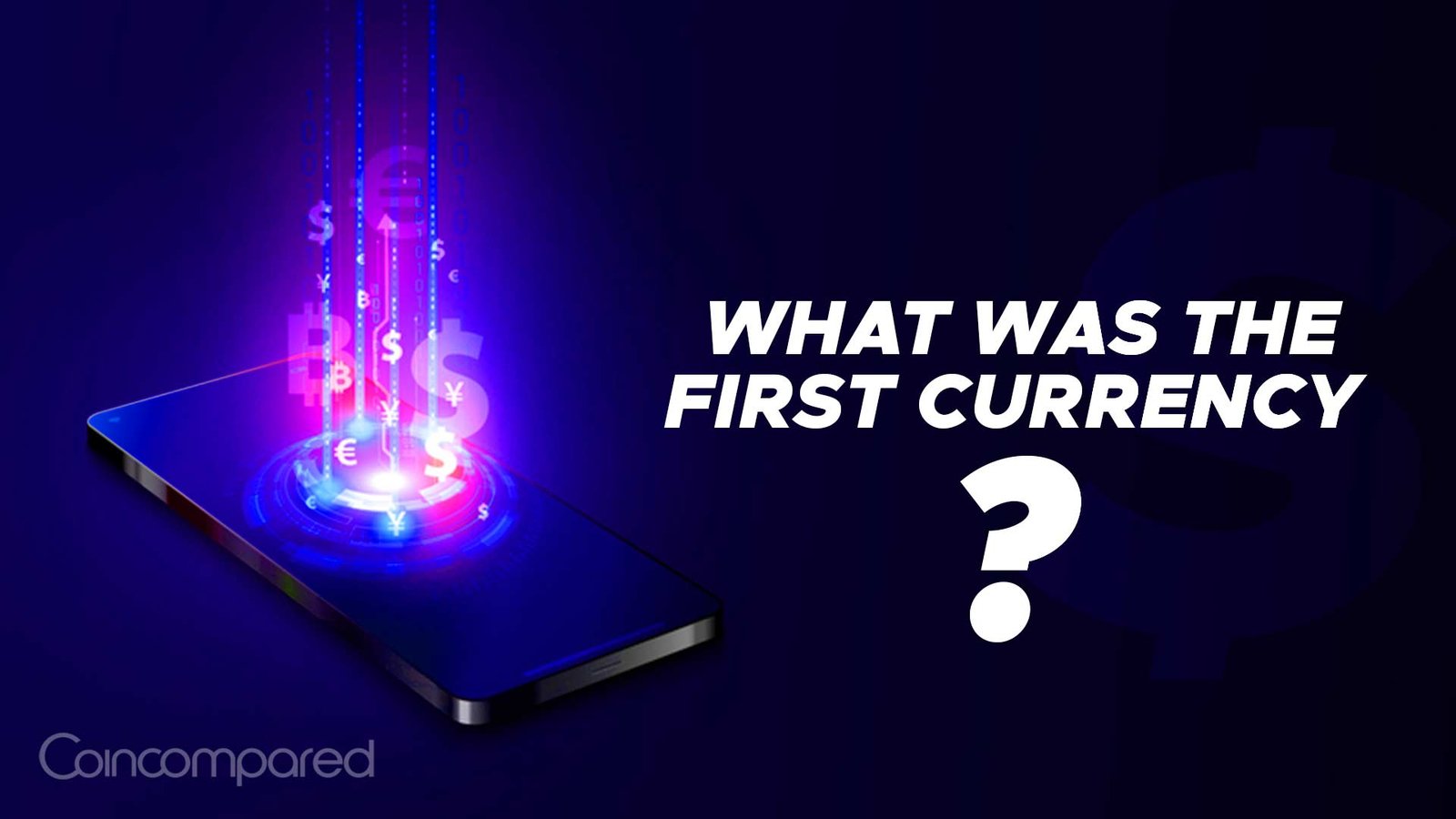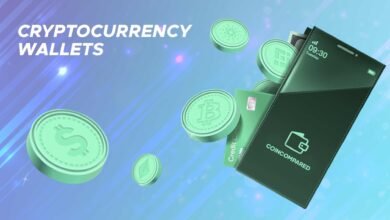
Currency is a sort of Money widely used, particularly by citizens of a country. American Dollars, Euros, Japanese Yen, and British Pounds are currencies in this situation. Currencies may serve as worth repositories and can be traded across countries at the foreign exchange rate, determining the relative importance of various currencies.
By the 3rd millennium B.C., Egypt and Mesopotamia had developed the first economic money forms. It comprises gold bars that must be measured every moment they are traded to determine their worth.
Gold rings for lower values are then added to the mix. Around 2500 BC, large commerce at Elba in modern-day Syria centered on precious metals money.
People used to trade products and services until the currency was introduced. The Mesopotamian inhabitants did not invent the Shekel until around five thousand years ago, and it is regarded as the first known form of cash. Stamped coins have been used to compensate troops from approximately 650 to 600 B.C.
Gold and silver coins date back to roughly 650 to 600 B.C. According to some research, metal coins might be just as old as 1250 B.C.
Bartering’s History:
The barter system has a longstanding experience, dating back to 6000 B.C. when Mesopotamian tribe members brought it to the Greeks and Romans. In the lack of currency, commodities such as tea, salt, weaponry, and meals were swapped for one another. Bartering evolved over the years, with American Colonists exchanging pelts, crops, and muskets.
Why Do People Need Currency?
Money’s origins are the subject of several hypotheses, in particular since it serves so many purposes: It allows trading as a measurement of worth; it connects disparate civilizations via gift-giving cooperation; it maintains class divisions; and, ultimately, it serves as a vehicle of a government authority.
It isn’t easy to pinpoint the exact period of various currency transactions, but evidence indicates that they arose through promotional giveaways and government borrowing.
Approximately five thousand years ago, the Mesopotamian Shekel: the oldest known instance of cash, appeared. The earliest surviving mints were in Asia Minor between 650 and 600 B.C. when the Lydian and Ionian aristocracy employed printed precious metal coins to wage their forces.
The First Money:
Around northwestern Turkey, in the 7th century B.C., the first standardized transactions consisted. They were constructed of electrum, a gold-silver alloy that occurs naturally. The first Currency was produced at the goddess Juno Moneta’s temple in Rome, giving rise to mint and Money.
About 790 A.D., an Anglo-Saxon monarch named Offa created the penny, the first English currency. Due to a scarcity of copper, China issued the world’s largest first paper currency in the 9th century, seven hundred years before Europe.
The Transition From Bartering to Currency:
For at least the last five thousand years, the transformation from bargaining to currency money seems to have been a part of human history in a certain sort rather than another. Historians largely believe that bartering was undoubtedly utilized beforehand to that period.
Over the years, a sort of Money emerged that incorporated readily exchanged goods such as animal skins, salt, and swords. The means of exchange were these exchanged products. This trading system extended around the planet and is still in use in certain regions of the world today.
The Mint Issues Its First Official Currency:
Simultaneously, the Lydians were credited with creating metallic Money by the 6th-century BCE Greek poet Xenophanes, as reported by the Biographer Herodotus. Lydia’s King Indicates a greater issue the Lydian stater, which is thought to be the earliest legitimate Money, circa 600 BCE.
The tokens were composed of precious metals, a naturally present alloy of silver or gold, and were imprinted with images that served as denominations.
The Transition to Paper Money:
The Chinese switched from coinage to paper currency in 700 CE. The Chinese emperor had a stronghold on both the monetary supply and numerous currencies even by period Marco Polo, a Florentine trader, adventurer, and author who journeyed throughout Asia along the Silk Route between 1271 and 1295 CE, reached China in roughly 1271 CE.
Currency Wars Have Begun to Emerge:
The use of paper currency by Europeans expanded the quantity of global trade. The first currency stock exchange was established when banks and the capitalist class began purchasing banknotes from other countries.
The value of a currency of the country, and hence its capacity to negotiate on an expanding worldwide market, was influenced by the legitimacy of a monarch or democracy.
Virtual Money is a type of Virtual Currency:
The pseudonymous Satoshi Nakamoto published Cryptocurrency in 2009, and it swiftly had become the de facto industry standard for virtual currency.
Virtual currencies have no real currency, and as of November 2021, every one of the nation’s bitcoin was valued at a little over a trillion dollars or about 3 percent of the total of all wealth in the world.
The attractiveness of virtual Money is that it promises reduced transaction costs than standard digital payment channels and that, unlike government-issued currencies, it is managed by a decentralized authority.
Money’s Influence Throughout History:
Currency is among the most crucial aspects of human civilization, influencing several of the most significant and pivotal events in the lives of creating countries. People could exchange products and services while needing to barter for a reasonable price with the development of cash.
Paper cash enabled worldwide trade because of its lightweight materials and diminutive size. Consumers may participate in potentially increasing cryptocurrencies and invest thousands more conveniently using virtual currency.
Final Verdict:
Money’s history is still being rewritten. We’ve progressed beyond trading animal hides, issuing new currencies, and manufacturing paper currency. Now we’re on the verge of a tremendous transition to electronic commerce and Cryptocurrency, including Bitcoin.
Some marketplaces, including the business-to-business (B2B) sector and some digital services, have founder historical transactional aspects: for instance, bartering still exists on the margins in some marketplaces. As long as people demand a means of transaction, financial authority will undoubtedly evolve.







